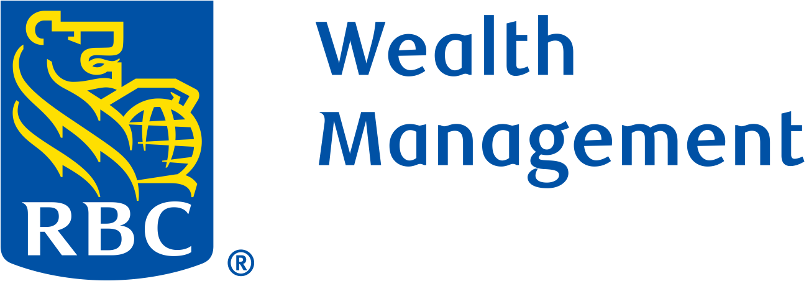Once again, the U.S. Recession Scorecard remains at an indecisive setting, as it has for several quarters running. However, there is one change of note: the yield curve indicator has shifted back to neutral Yellow from recessionary Red. Meanwhile, the government shutdown has already removed current employment data—unemployment claims and the unemployment rate—from view, and that potentially means there won’t be a “clean” read from any of our indicators (except the yield curve and ISM) perhaps into next year.
In our view, the mixed state of the scorecard indicators argues for a watchful portfolio investment approach, particularly in a world where policy is very much in flux and the effects of ongoing trade shifts are still not yet visible.
U.S. Recession Scorecard
Status
Indicator
Expansionary
Neutral/
Cautionary
Recessionary
Yield curve (10-year to 1-year Treasuries)
Federal funds rate vs. nominal GDP growth
Unemployment claims
Unemployment rate
ISM New Orders minus Inventories
Conference Board Leading Economic Index
Non-financial corporate cash flow
Source - RBC Wealth Management
The table shows seven U.S. economic indicators and their current statuses: Expansionary (green), Neutral/Cautionary (yellow), or Recessionary (red). Non-financial corporate cash flows is currently the only indicator in the Expansionary category. Four indicators are in the Neutral/Cautionary category: Yield curve (10-year to 1-year Treasuries), Unemployment claims, Unemployment rate, and ISM New Orders minus Inventories. The remaining two indicators, Federal funds rate versus nominal GDP growth and Conference Board Leading Economic Index, are in the Recessionary category.
Yield curve
Shifting to Neutral. Short-term Treasury yields—in this case, the market yield on the 1-year T-bill—fell below the 10-year yield back in December 2024, reverting the yield curve to its normal shape in the process. Despite that, we left this indicator in the recessionary Red column for the past nine months because typically in past cycles, when such a crossing point has occurred—usually in response to the start of Fed rate cutting—the recession arrives anyway.
However, in this instance, the Fed cut three times in Q4 of last year. Changes in monetary policy are thought to act with a lag of six to 12 months, so we are now in the window when the effect of those rate cuts should be showing up as some visible improvement in the economic backdrop. Better-than-expected consumer spending in the summer and strengthening new orders for capital goods by business suggest that may be happening.
We are shifting this indicator into the neutral Yellow column.
Fed funds rate versus nominal GDP growth
Reaffirmed at Red. Before every recession, the federal funds rate has managed to climb higher than the annualised run rate of nominal GDP (that is, GDP not adjusted for inflation). That occurred briefly in the summer of last year, just before the Fed began cutting rates. Flagging GDP growth has once again put that condition in place, reaffirming its reading at recessionary Red.
Weekly unemployment claims
Unchanged at Yellow. It was quiet before the shutdown, as it has been for quite some time.
Unemployment rate
Unchanged at Yellow. It was quiet before the shutdown, as it has been for quite some time.
ISM New Orders minus Inventories
Tariff distortion clouds the picture. This is another indicator that should not be directly affected by the shutdown. However, it currently remains trendless. We’ve also left this at Yellow.
Conference Board Leading Economic Index
The long slide continues. The LEI, down again in August, has now declined in 40 of the past 44 months. It has never reached these levels in the past without a recession arriving. It remains firmly in the Red column.
Free cash flow of non-financial businesses
Last Green standing. This measure of the capability of non-financial businesses in aggregate to self-fund capital expansion has always declined as a percentage of GDP before or just after a recession got underway. While it has not done so yet after the Q2 data release in September, this data is reported with a long, three-month lag. The next release, hopefully, is in December.

